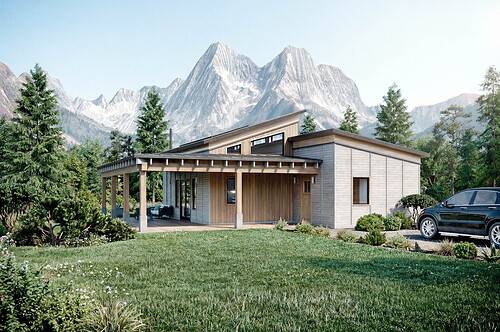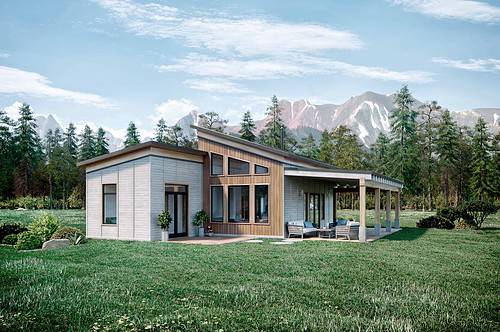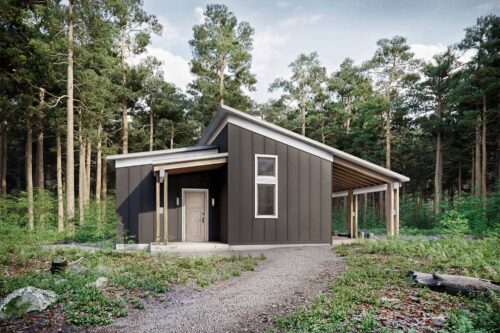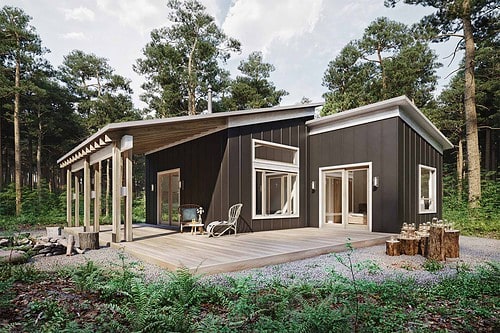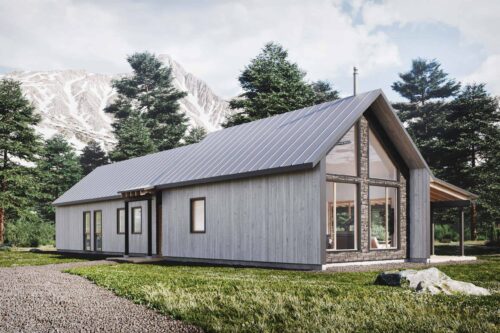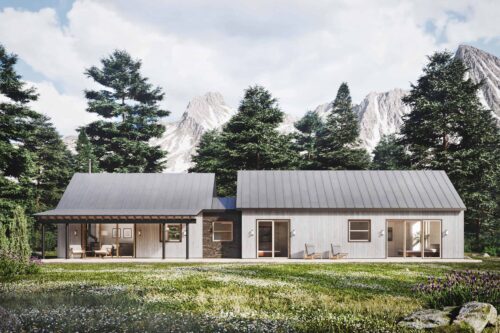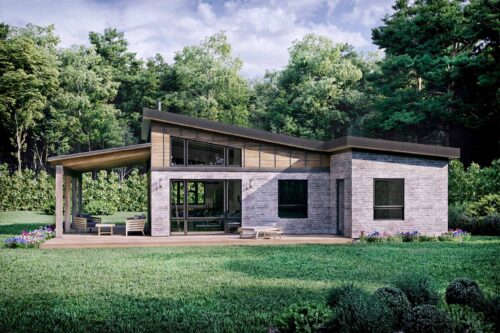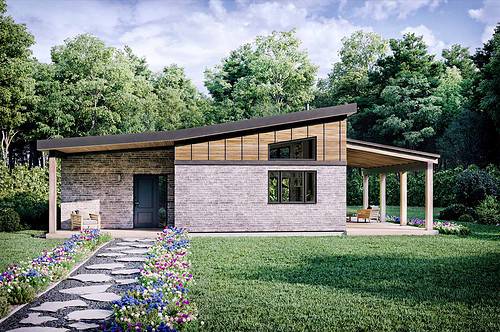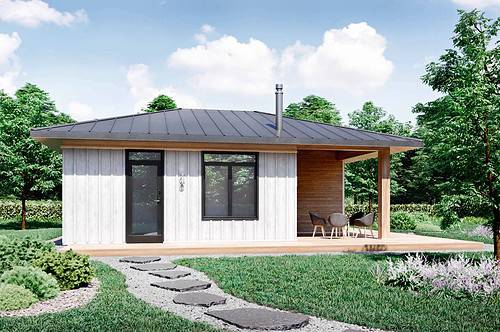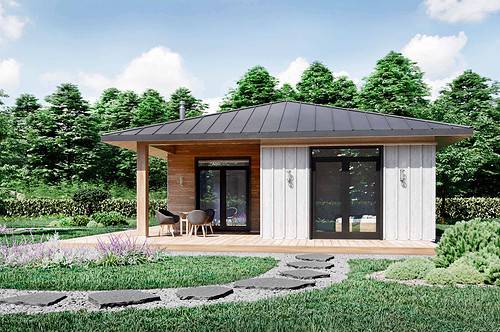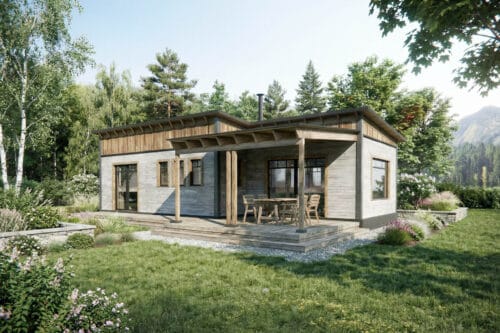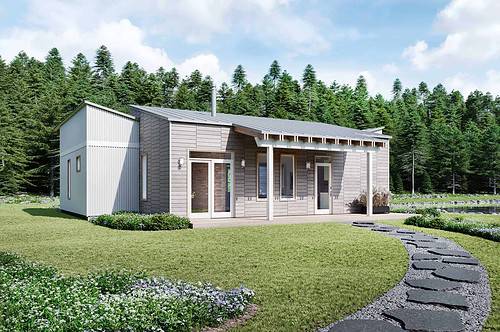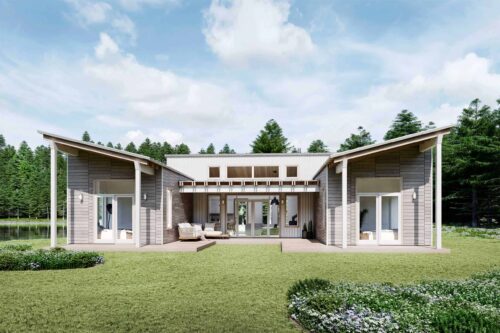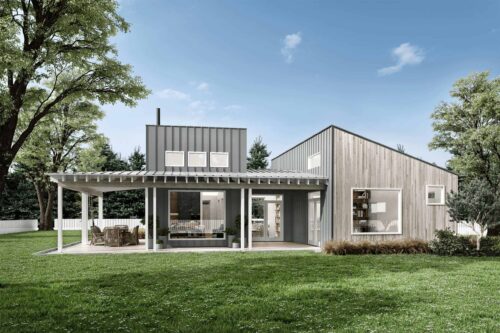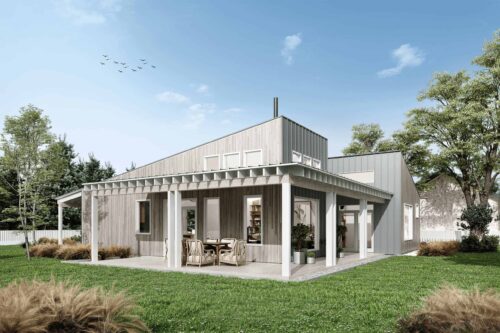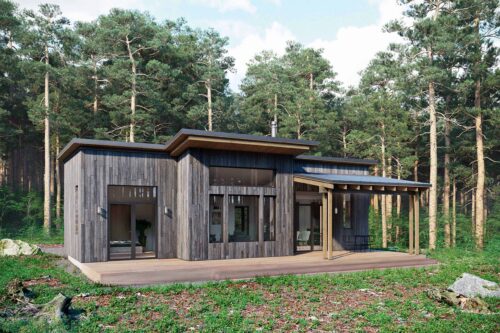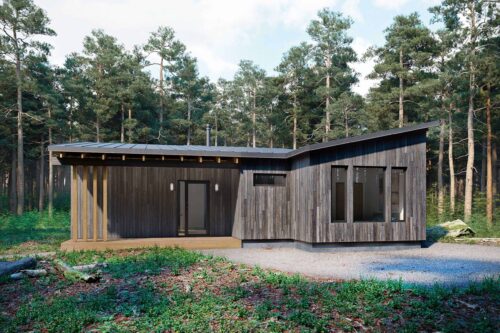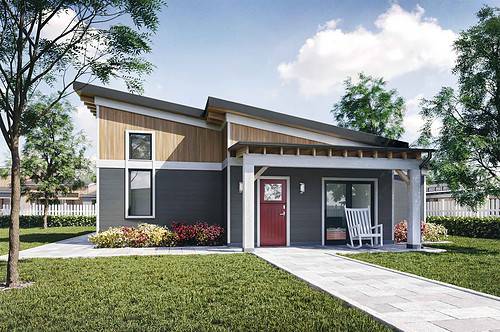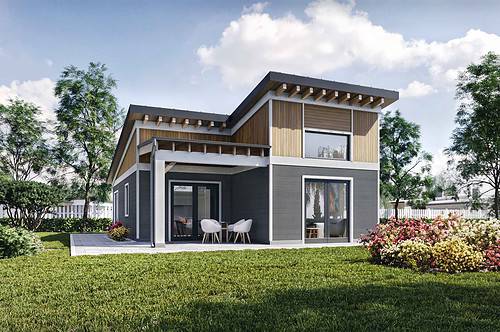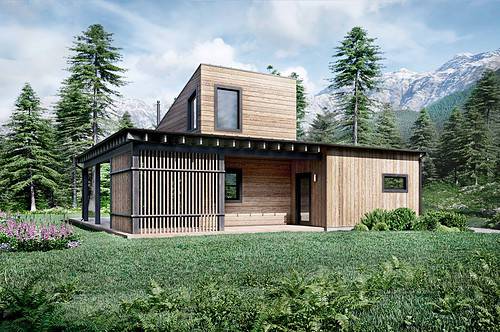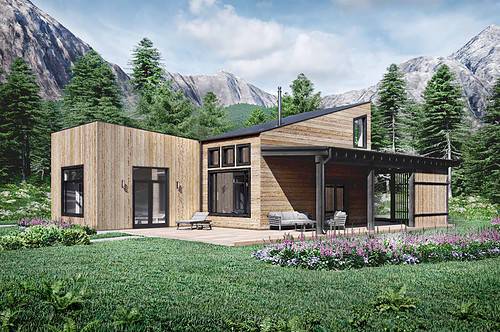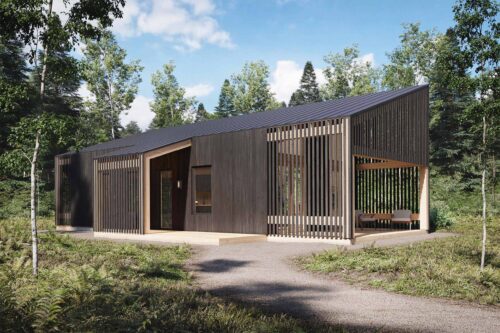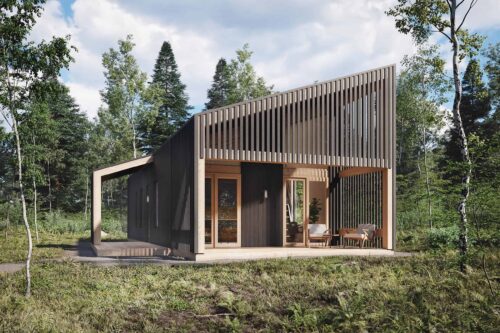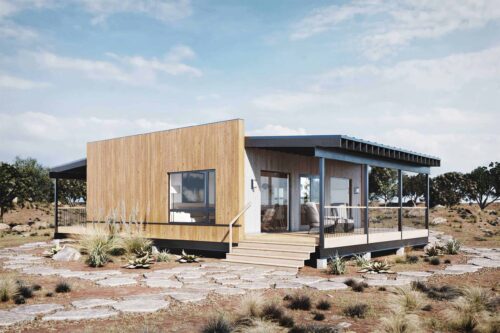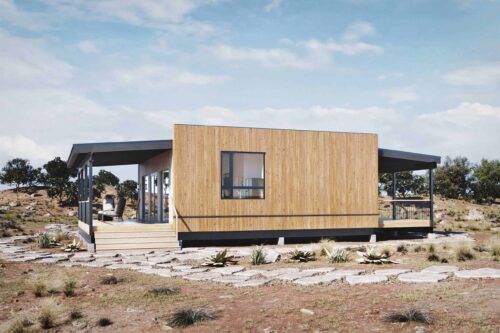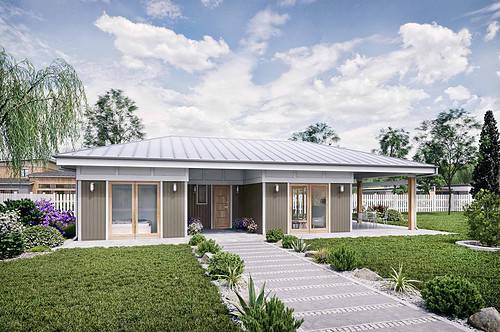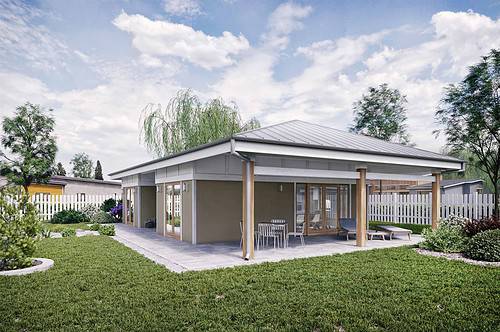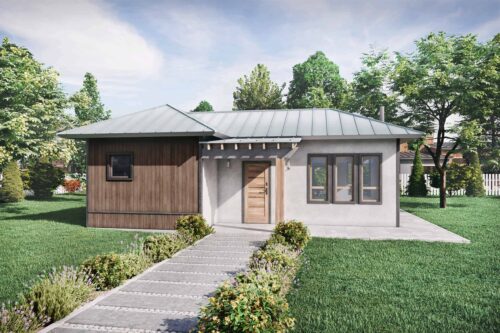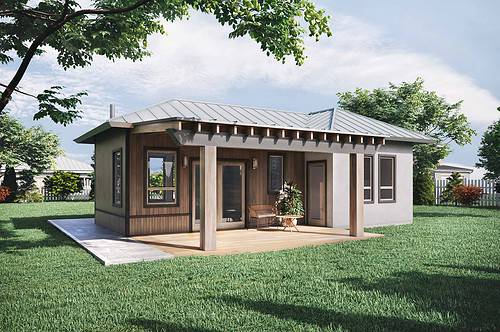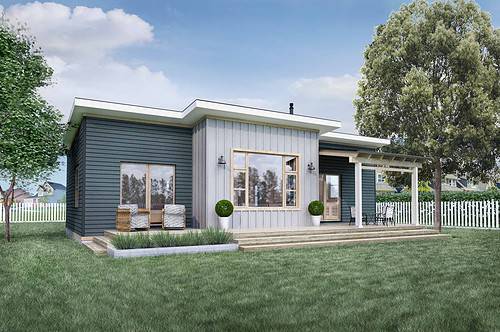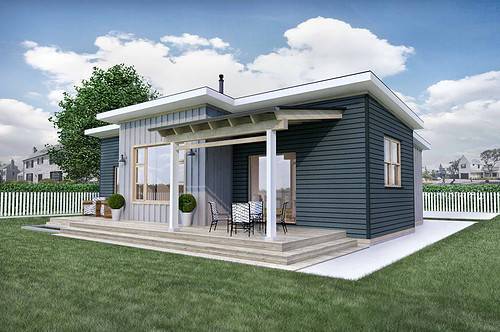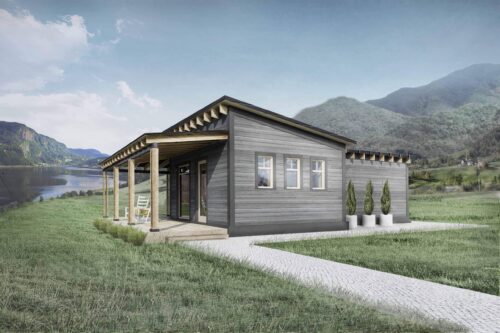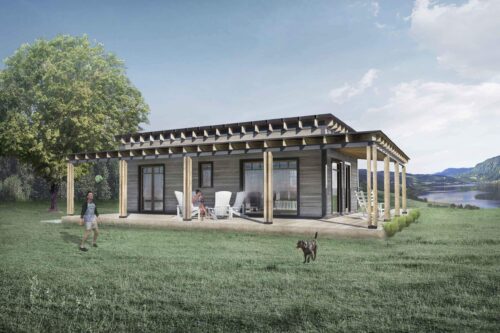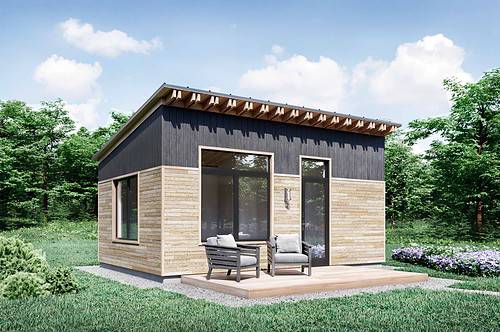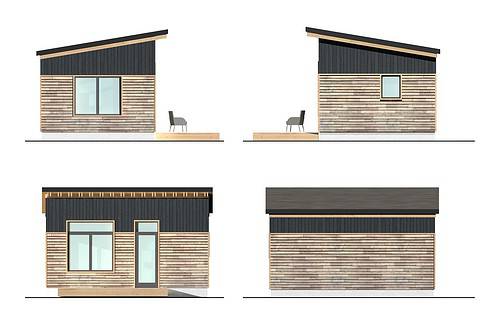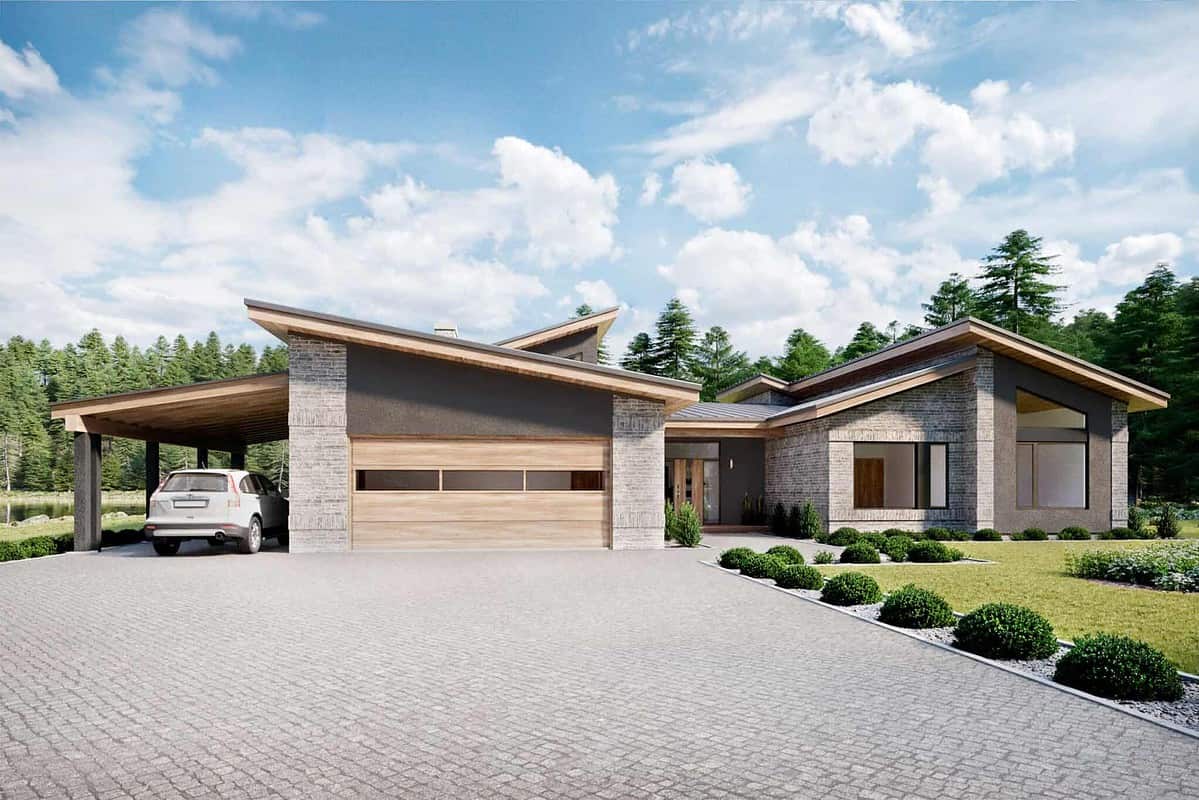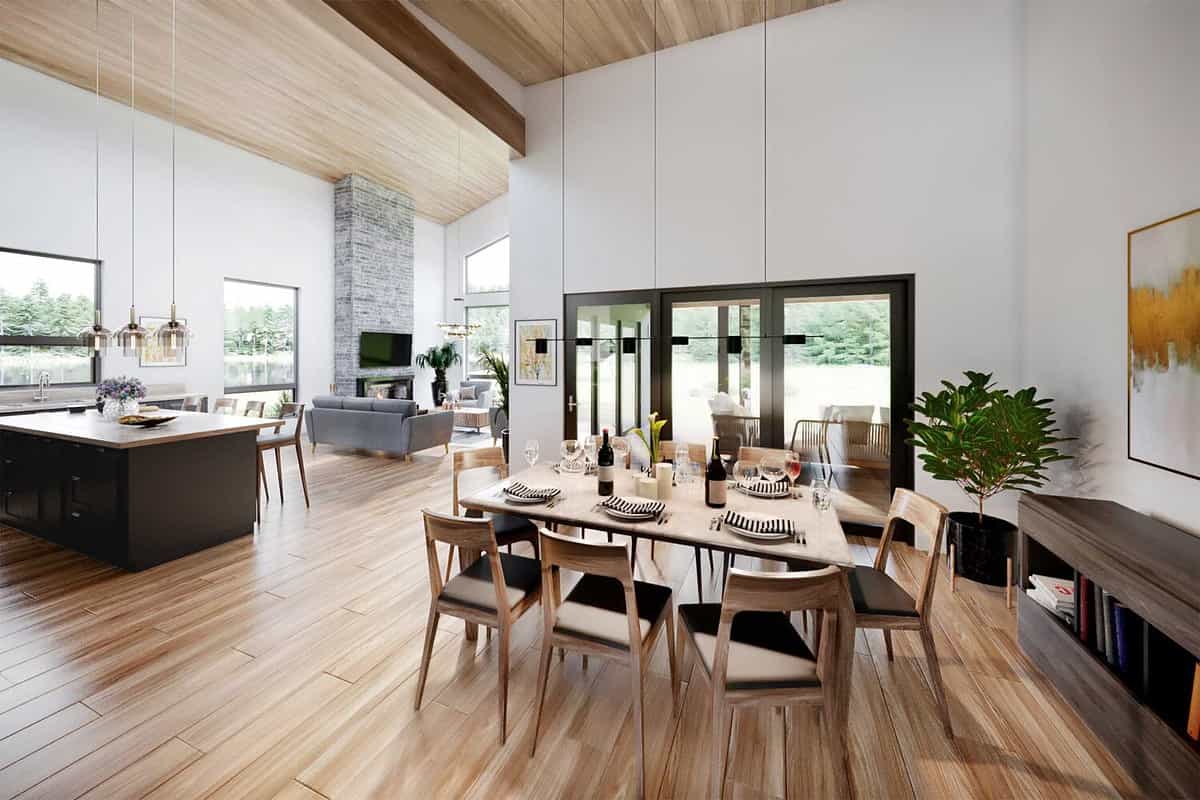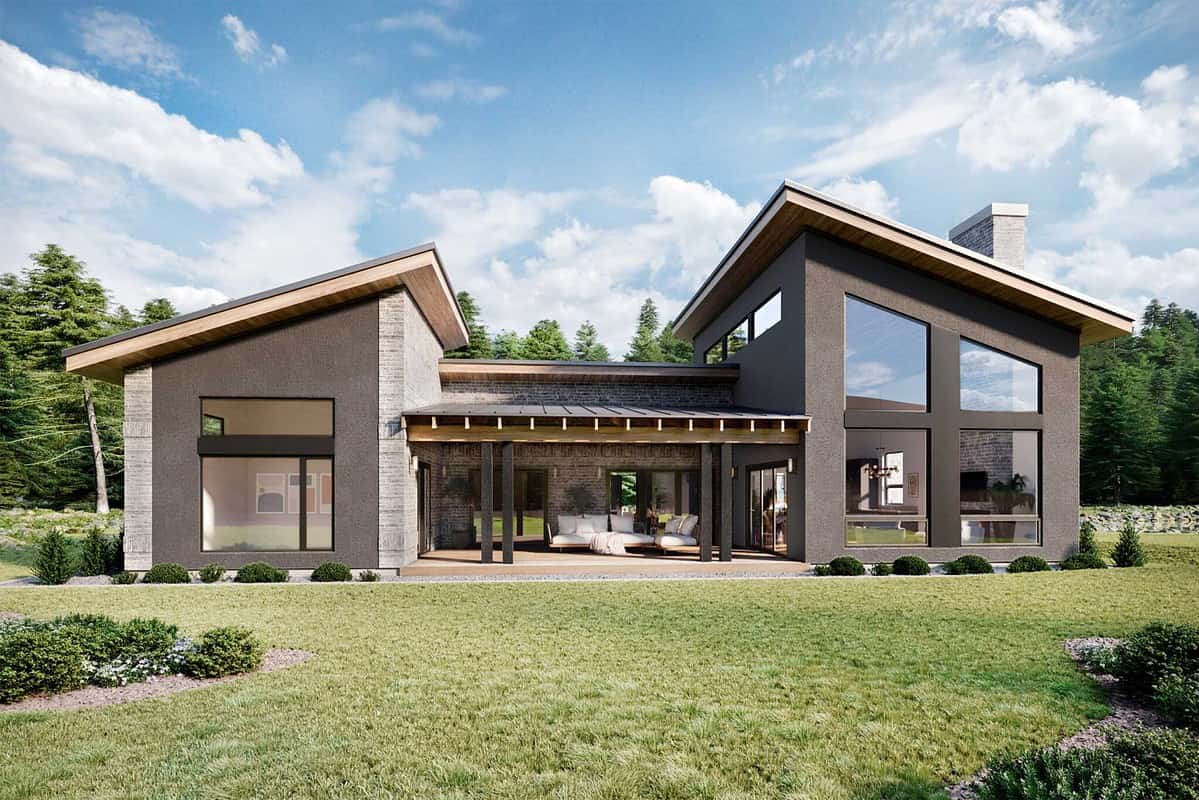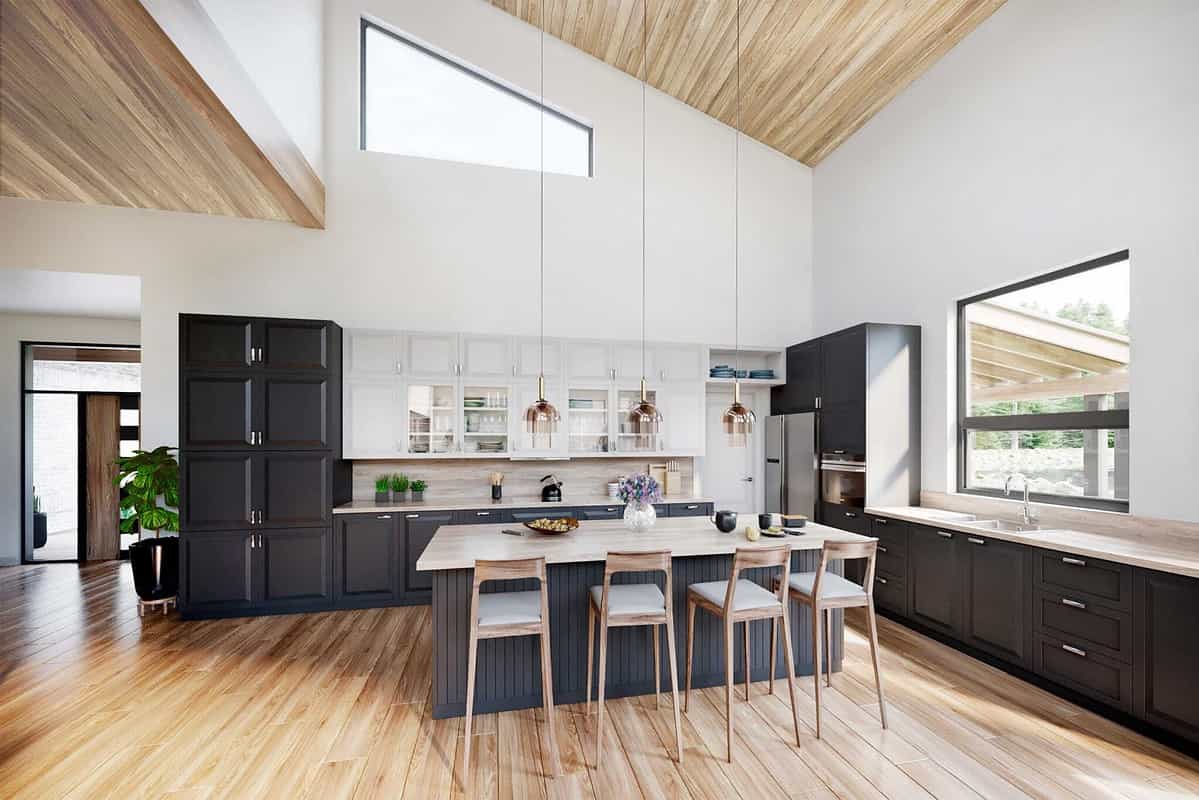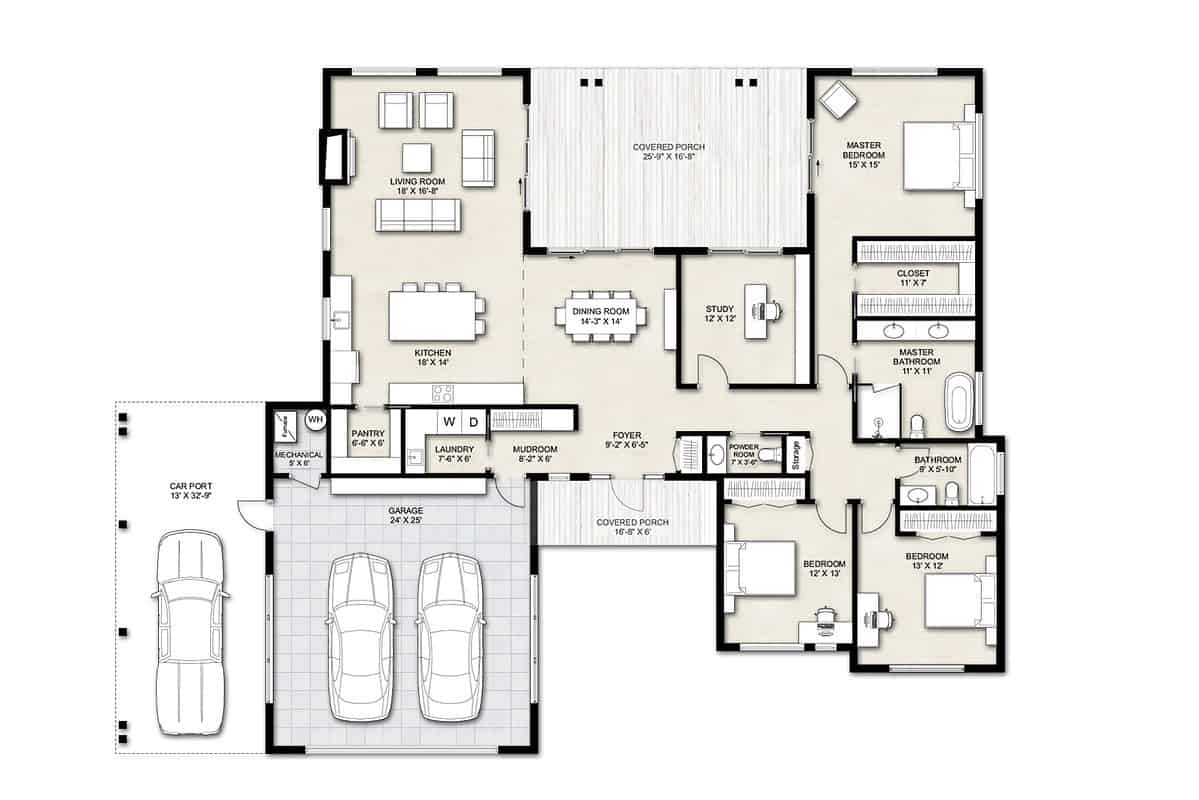No products in the cart.
Designing the House Plan
In this section, we will discuss some of the key elements involved in designing house plans with indoor pool. These will include choosing the location of the pool, deciding on the size and shape of the pool, incorporating the pool into the overall design of the house, and ensuring proper ventilation and humidity control.
Choosing the Location of the Pool
This is a critical decision in the design process. Ideally, the pool should be located in an area of the house that receives ample natural light, has easy access to outdoor areas, and provides privacy. A location that allows for natural light to enter the pool area not only creates a pleasant atmosphere but also helps to reduce energy costs by reducing the need for artificial lighting. Additionally, placing the pool in an area with easy access to outdoor areas allows for natural ventilation, which can help reduce humidity levels and improve air quality.
Deciding on the Size and Shape
When deciding on the size and shape of the pool, it’s important to consider your lifestyle and how you plan to use the pool. For example, if you plan to use the pool primarily for exercise, a lap pool may be more suitable than a larger pool. Alternatively, if you plan to use the pool for entertaining, a larger pool with a more relaxed design may be more appropriate. The shape of the pool should also be carefully considered, as it can have a significant impact on the overall design aesthetic of the space.
Considering the Overall Design of the House
Integrating the pool into the overall design of the house is essential to creating a cohesive and visually pleasing space. This may involve considering the color scheme, materials, and finishes used in the pool area, and how they complement the rest of the house. It’s also important to consider the surrounding areas, such as seating and lounging areas, landscaping, and lighting, and how they integrate with the pool area.
Ensuring Proper Ventilation and Humidity
Adequate ventilation and humidity control is essential for creating a comfortable and healthy indoor pool environment. This may involve incorporating systems such as dehumidifiers and ventilation fans, as well as ensuring that the pool area is properly sealed to prevent moisture from entering other areas of the house. Failure to properly ventilate the pool area can result in high humidity levels, which can lead to mold and mildew growth, as well as damage to the structure of the house.
The points we’ve shared above are just a few of the consideration factors to note when considering building a house with indoor pool plans or adding an indoor pool to an existing house. By carefully considering these points, you make it easier for you to find a plan that is perfect for your needs.
Cost and Budgeting
Designing and building house plans with indoor pool can be a significant investment, so it’s important to carefully consider the cost and budgeting aspects of the project. In this section, we will discuss how to estimate the cost of designing and building an indoor pool, ways to save money without sacrificing quality, and the importance of setting a budget and sticking to it. These are important things you’ll need to discuss with the professional you are working with.
Estimating the Cost
Estimating the cost of designing and building an indoor pool can be a challenging task. This is because the final cost will depend on several factors, including the size and shape of the pool, the materials used, and the complexity of the design. One way to estimate the cost is to consult with a professional pool contractor who can provide a detailed estimate based on your specific requirements. Be sure to factor in any additional costs, such as permits, landscaping, and lighting, when estimating the overall cost of the project.
Saving Money without Sacrificing Quality
Discussing ways to save money without sacrificing quality is an important aspect of cost and budgeting. One way to save money is to consider a more straightforward design that doesn’t require complicated features, such as waterfalls or elaborate lighting. You can also opt to choose less expensive materials or finishes to help reduce costs while still maintaining a high level of quality. It’s important to strike a balance between cost savings and quality to ensure that the final result meets your expectations. This is another reason why working with a professional is in your best interest.
Setting a Budget and Sticking with it
When setting a budget, it’s important to consider not only the cost of designing and building the pool but also ongoing maintenance and upkeep costs. It’s also important to factor in any unexpected costs that may arise during the project, such as repairs or revisions to the design. By setting a realistic budget and sticking to it, you can ensure that the project remains within your financial means and avoid any financial stress or surprises.



